Reminder: Look Before Parking
Visitors are reminded to park in marked parking spaces. Parking in the grass or other alternative areas is unauthorized. Please help us #KeepFortMonroeBeautiful.
Road Closure and Fishing Pier Impact
The Engineer Wharf, one of two fishing piers at Fort Monroe is temporarily closed. The Finger Pier remains open. Also closed is the section of Fenwick Road between Ingalls and the East Gate of the fort. Detour signs will aid travelers around the closure.
| Title | Fort Monroe |
| Park Code | fomr |
| Description | Fort Monroe's story spans from prehistory to the 2000s. Kecoughtan Indians occupied Old Point Comfort before the arrival of English colonists. The first enslaved Africans arrived in 1619. Those escaping slavery sought their freedom at the fort du... |
| Location | |
| Contact | |
| Activities |
|
| Entrance fees |
|
| Campgrounds | Count: 1
The Colonies RV Travel Park & Country Store
|
| Places | Count: 12
Algernourne OakThe impressive live oak tree on Fort Monroe’s parade ground is about 500 years old. It sprouted when Kecoughtan people foraged and fished at Old Point Comfort. The Algernourne Oak became part of Fort Monroe National Monument in 2011. This storied resident of Fort Monroe still watches as American history unfolds. 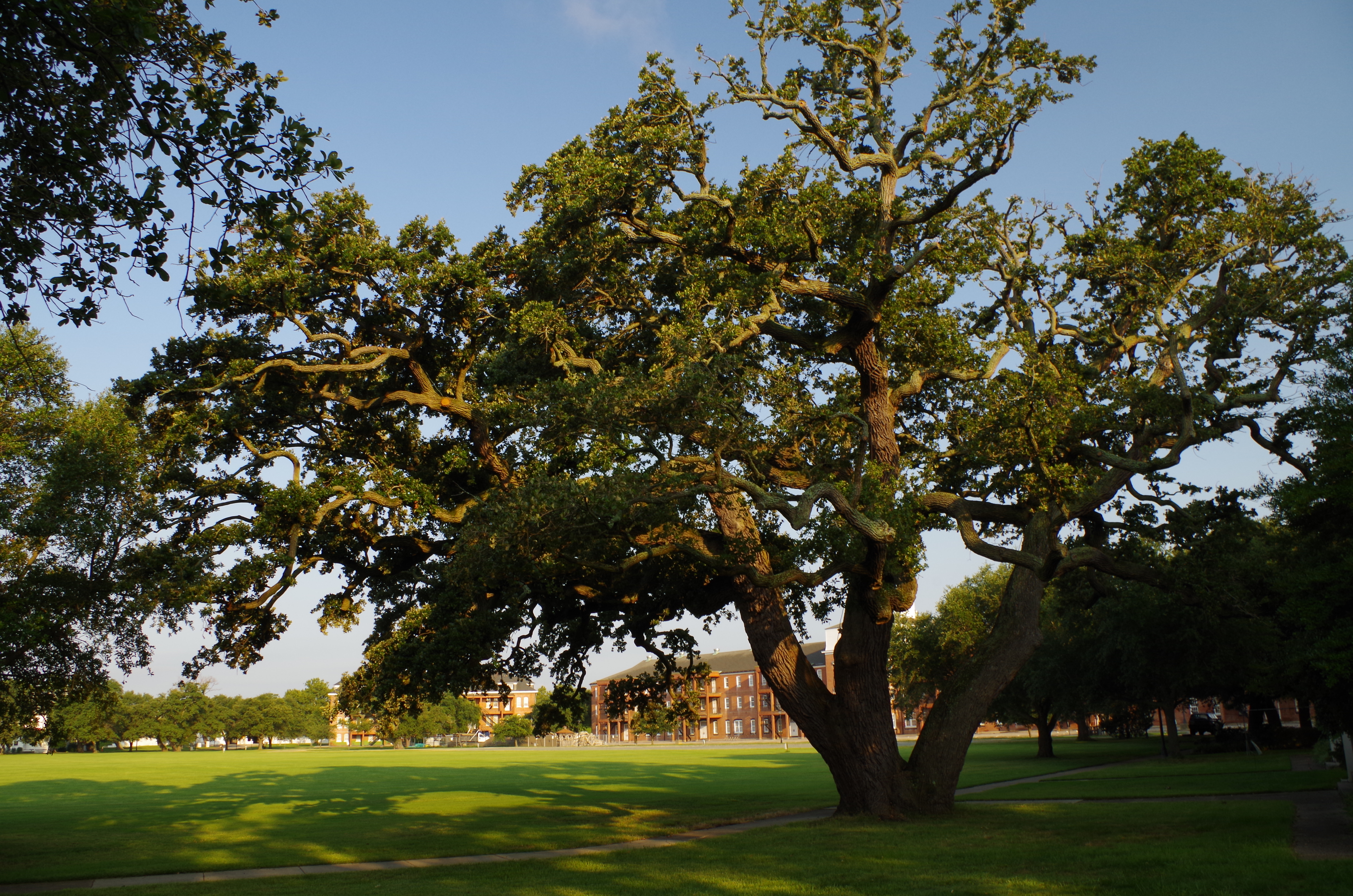
Building #1, Quarters No.1The US Army built Quarters 1 in 1819. Quarters No.1 housed the ranking officer or post commander of Fort Monroe. It also served as the fort headquarters. In 1861, US Major General Benjamin Butler made his controversial "Contraband Decision" at Quarters No.1. Other occupants were the Marquis de Lafayette, George B. McClellan, Abraham Lincoln, and King David Laʻamea Kamanakapuʻu Māhinulani Nālaʻiaʻehuokalani Lumialani Kalākaua of Hawaii. 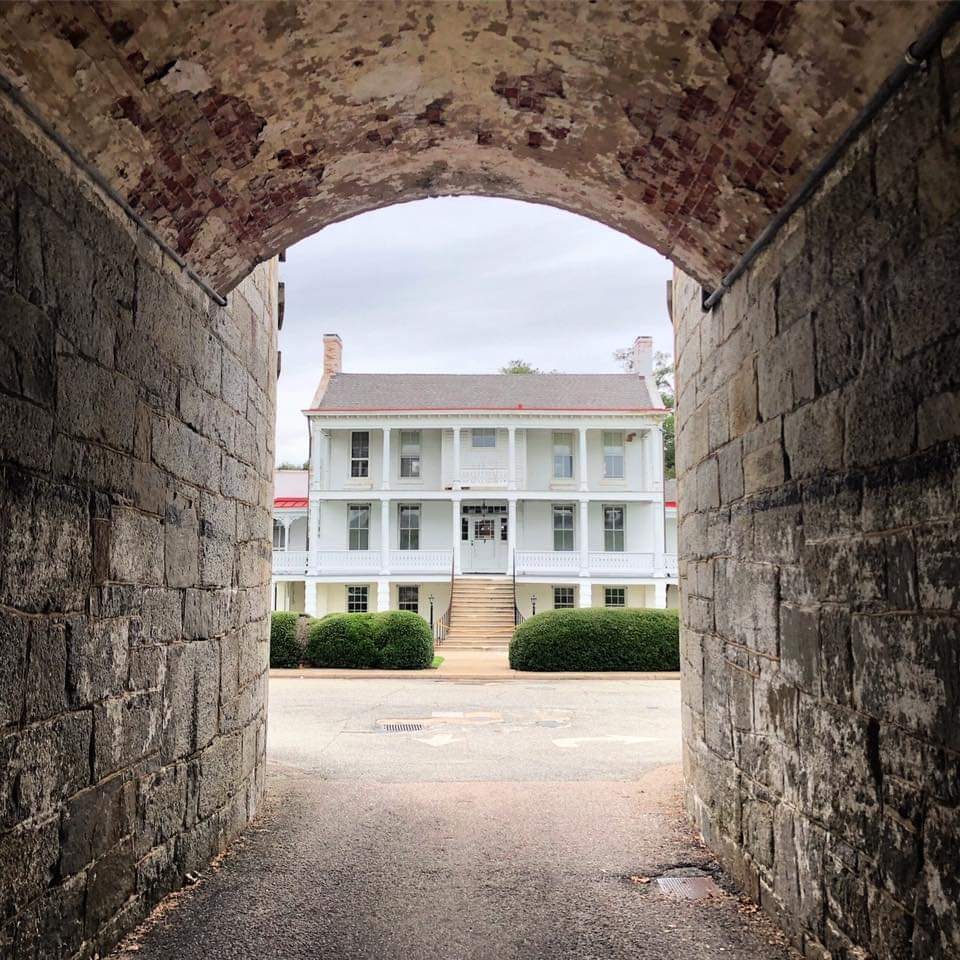
Building #17The US Army built Quarters 17 in 1823 to house bachelor officers. One well known resident was Lt. Robert E. Lee who lived there with his wife from 1831 to 1834. Lee oversaw construction work on the fort. 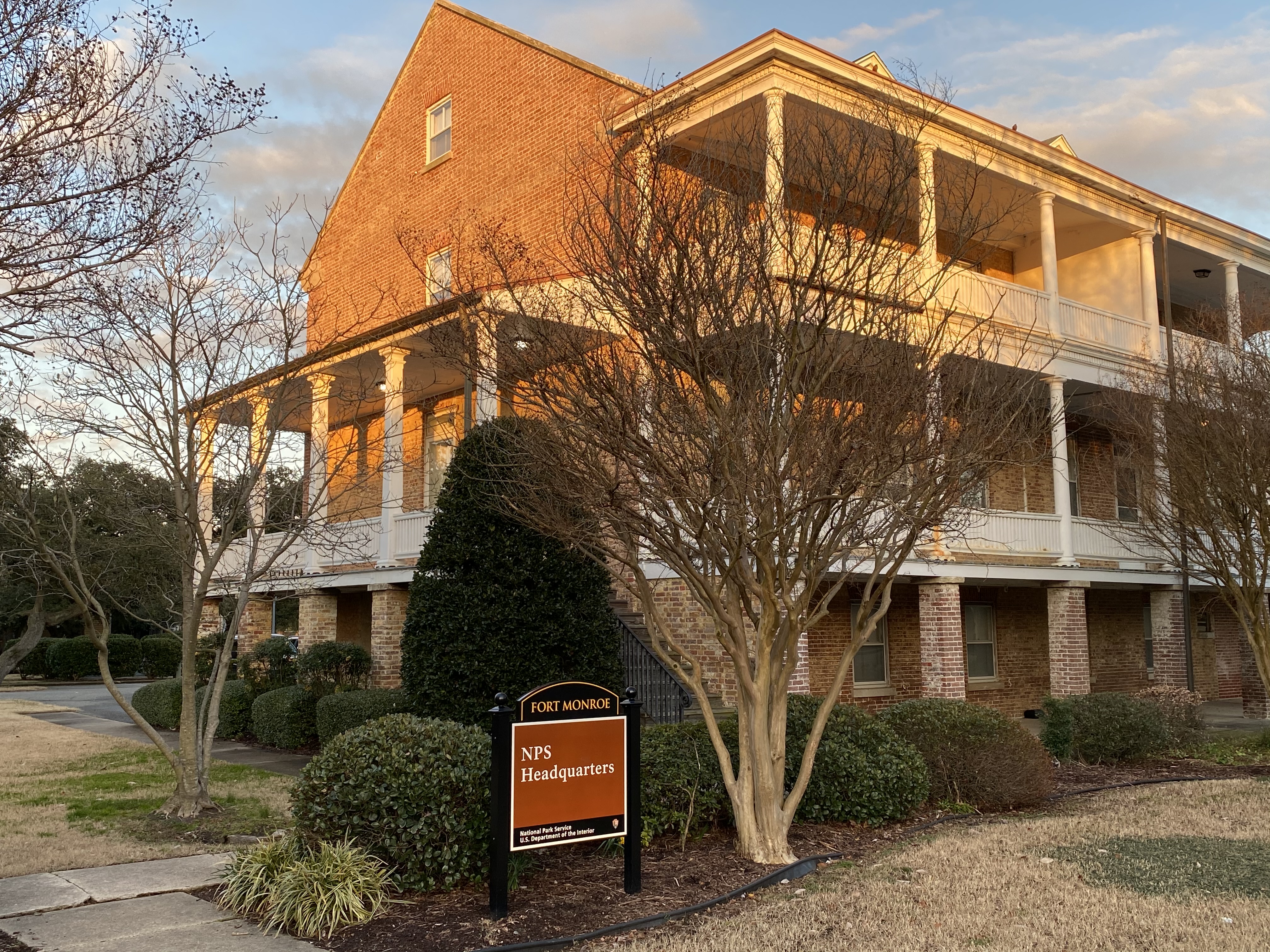
Casemate MuseumThe brick and stone walls of Fort Monroe house the Casemate Museum. Exhibits chronicle the 400-year history of seacoast fortifications at Old Point Comfort. 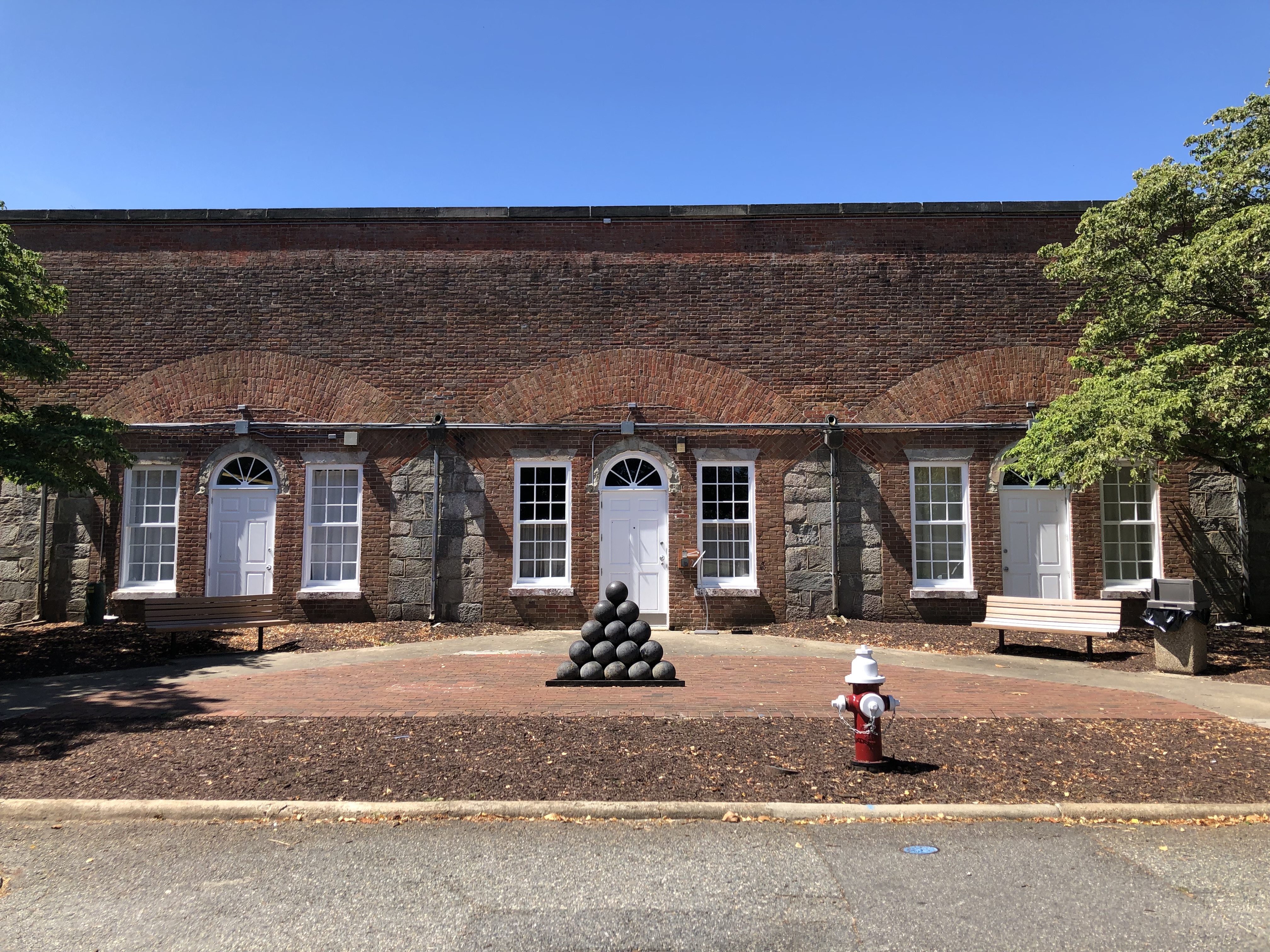
Chapel of the CenturionThe Chapel of the Centurion is the only religious structure within the walls of Fort Monroe. It stands on the edge of the Parade Ground facing northeast. Construction finished in 1857. The chapel was consecrated the following year. It is one of the oldest wooden churches built on an army post. The chapel remains in use for civilian religious services today. 
First Africans in Virginia MarkerThe Commonwealth of Virginia placed a historical highway marker in 1994. It stands on the seawall at Old Point Comfort. The marker represents and commemorates where the first enslaved Africans came to Virginia. 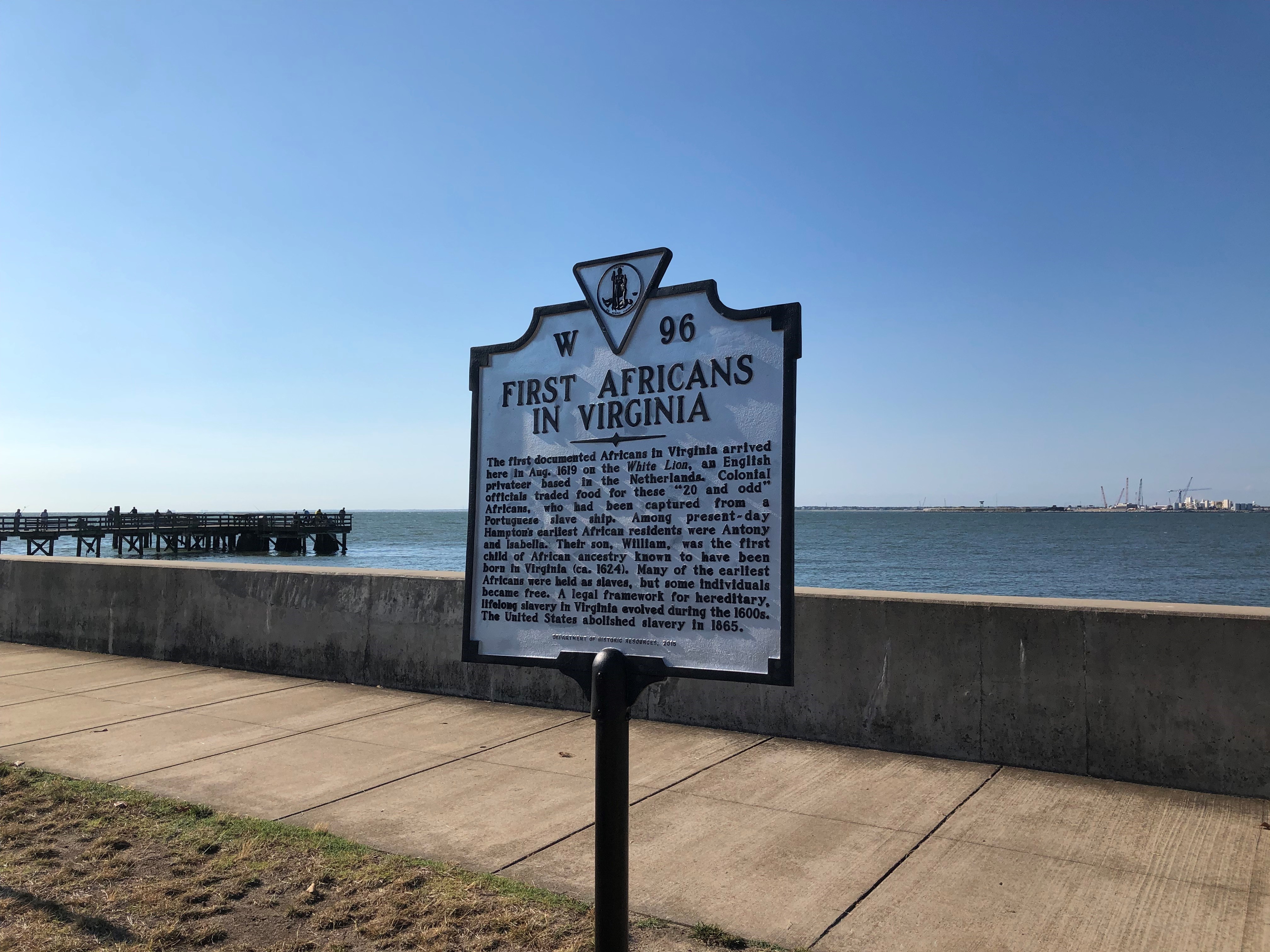
Fort Monroe Main GateThe Main Gate is one of the most prominent and identifiable features of the fort. It is along the western wall known as the Seventh Front. Built in 1823, the Main Gate had four casemates, a sally port, stockade, and within the gate a guard house. 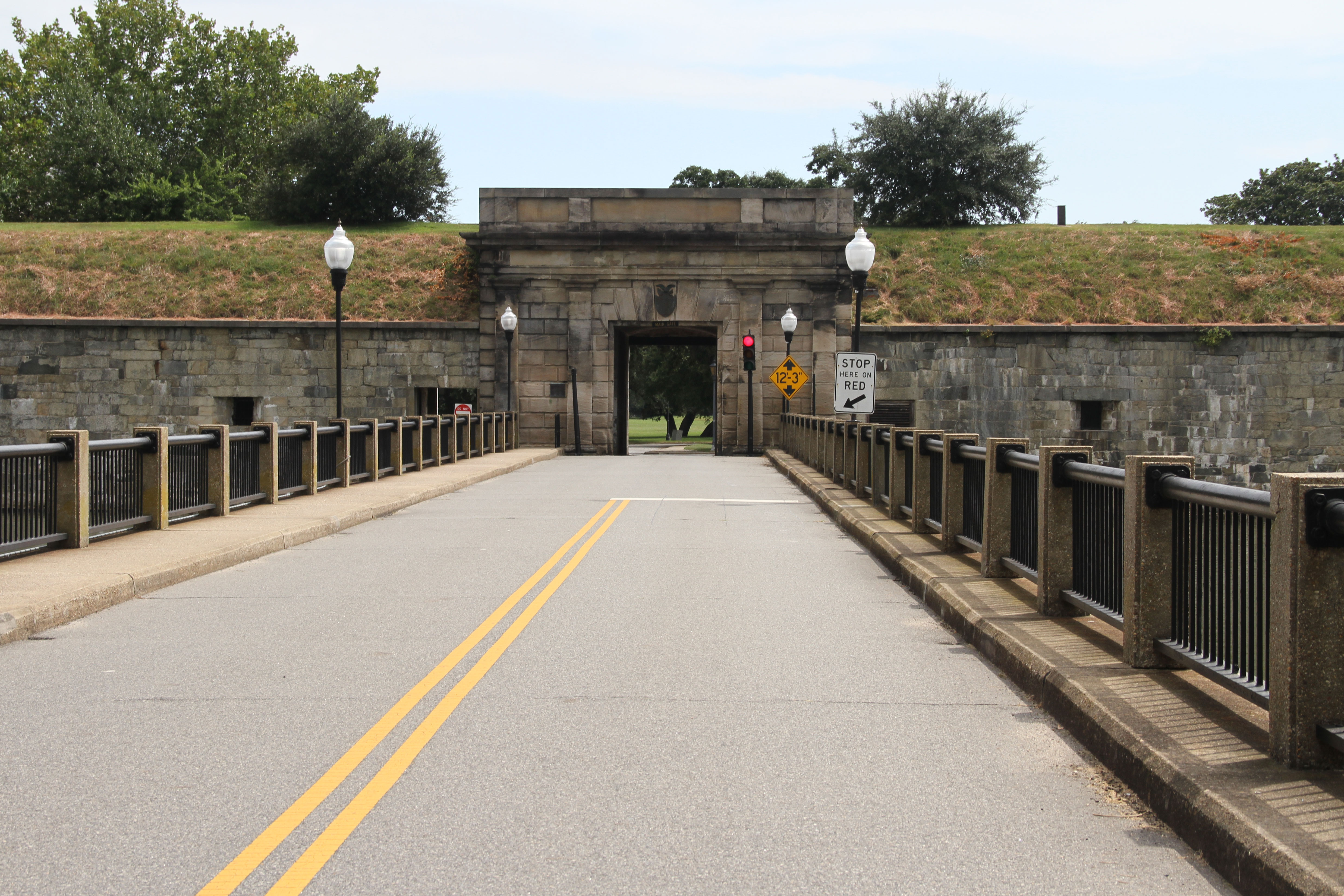
Fort Monroe Visitor & Education CenterStart your visit and get oriented at Fort Monroe Visitor & Education Center. Exhibits and videos tell of people and events that shaped fort's historic landscape. The Visitor & Education Center is in the former Coast Artillery Library, built in 1909. 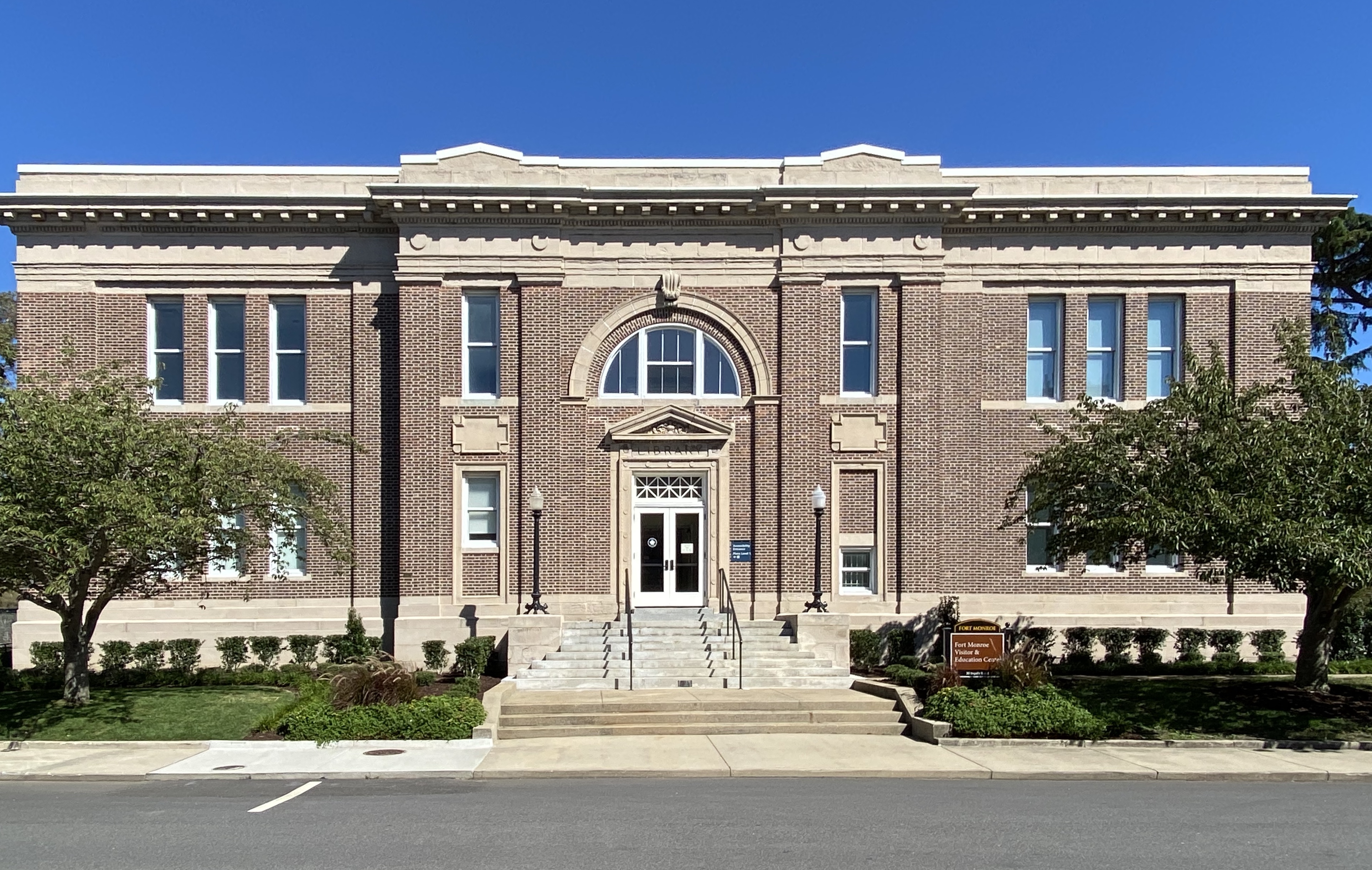
Fort Monroe Water BatteryThe Army designed Fort Monroe to concentrate fire on the shipping channel. The Water Battery was a long block of single-story casemates outside the main part of the fort. The 40 cannons of Water Battery along with those atop the main fort enhanced its fire power. 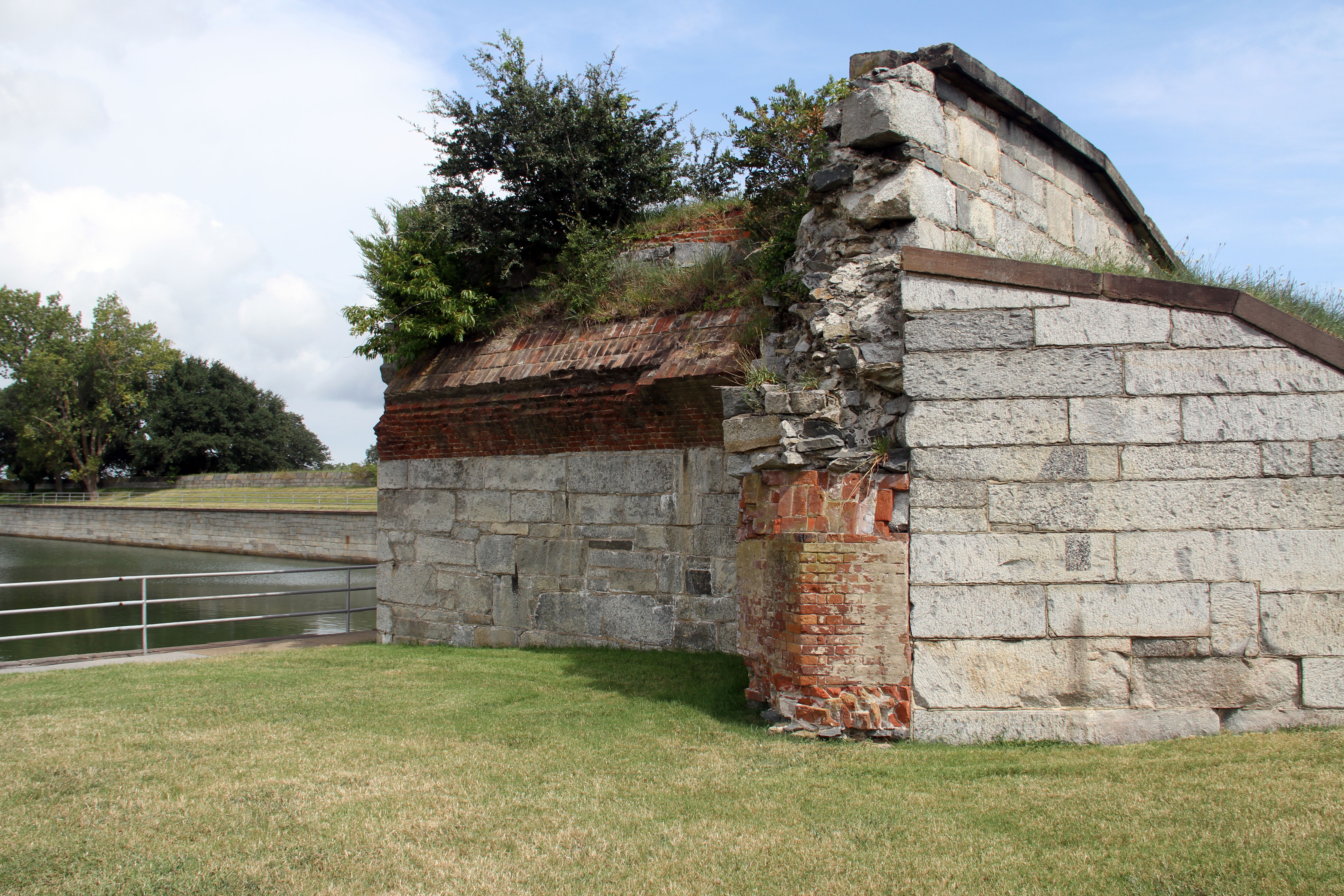
Lincoln GunCast in 1860, this cannon is the first 15-inch Rodman gun produced. It was named for President Abraham Lincoln in 1862. The gun was last fired in 1864. The US Army moved it to the Parade Ground in the late 1800s. 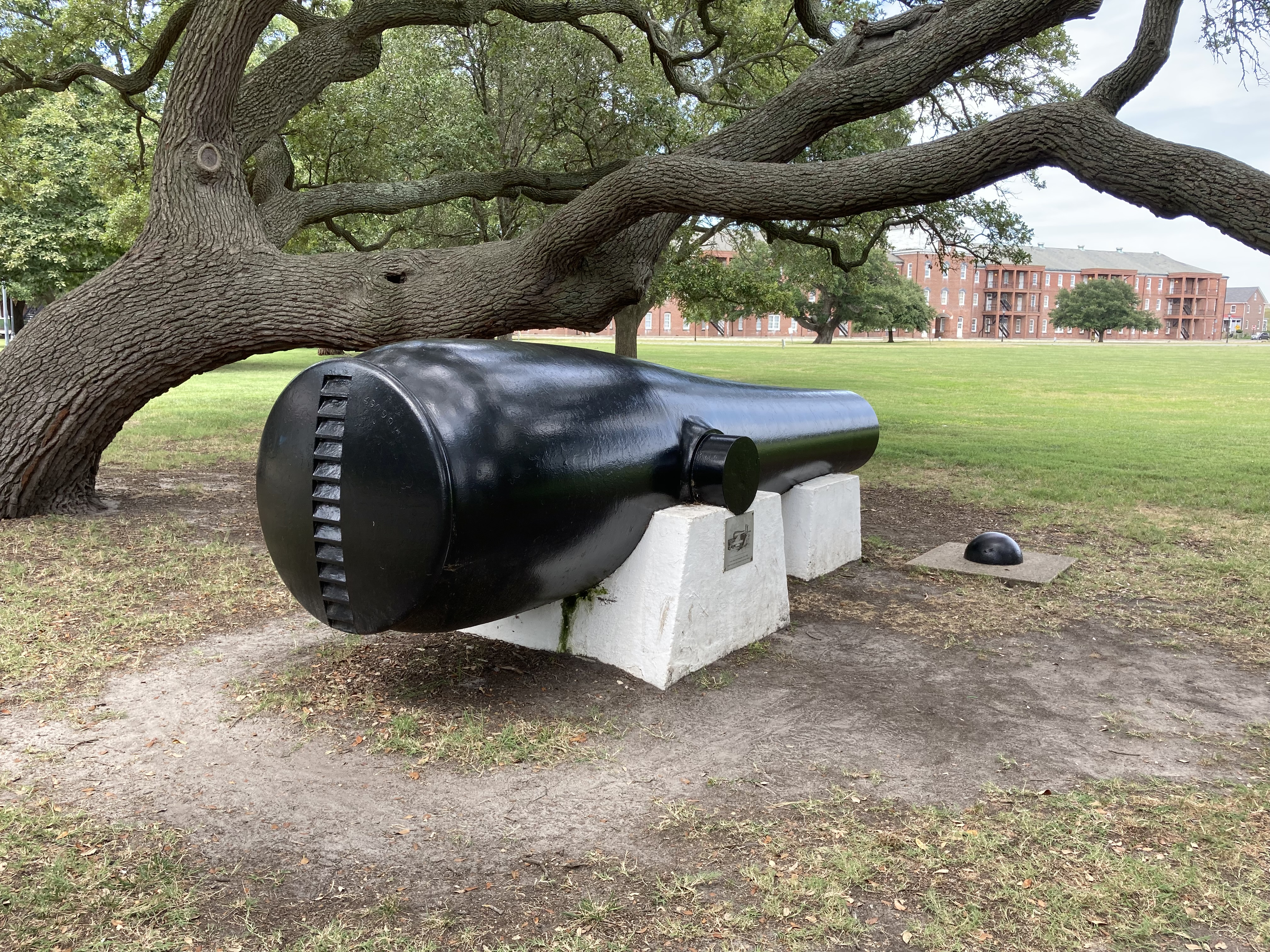
Old Point Comfort LighthouseAids to navigation at Old Point Comfort may date back to the 1500s. The 54-foot white octagonal structure was built in 1802. It is the oldest structure at Old Point Comfort. The US Coast Guard operates the lighthouse today. It is closed to the public. 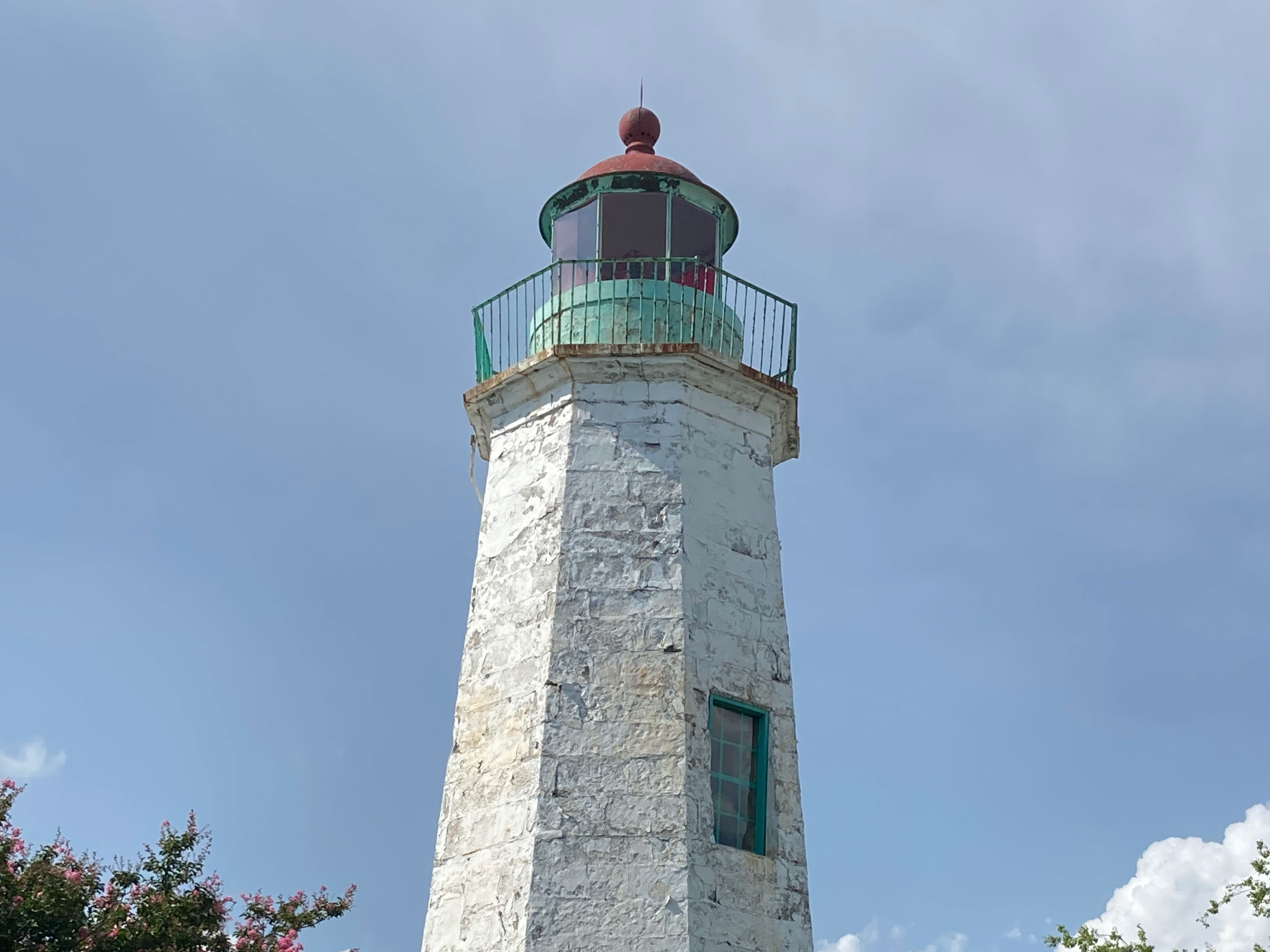
Pet CemeteryAtop Fort Monroe’s stone walls is a pet cemetery. Fort residents buried dogs, cats, and other animals on the earthen parapet. 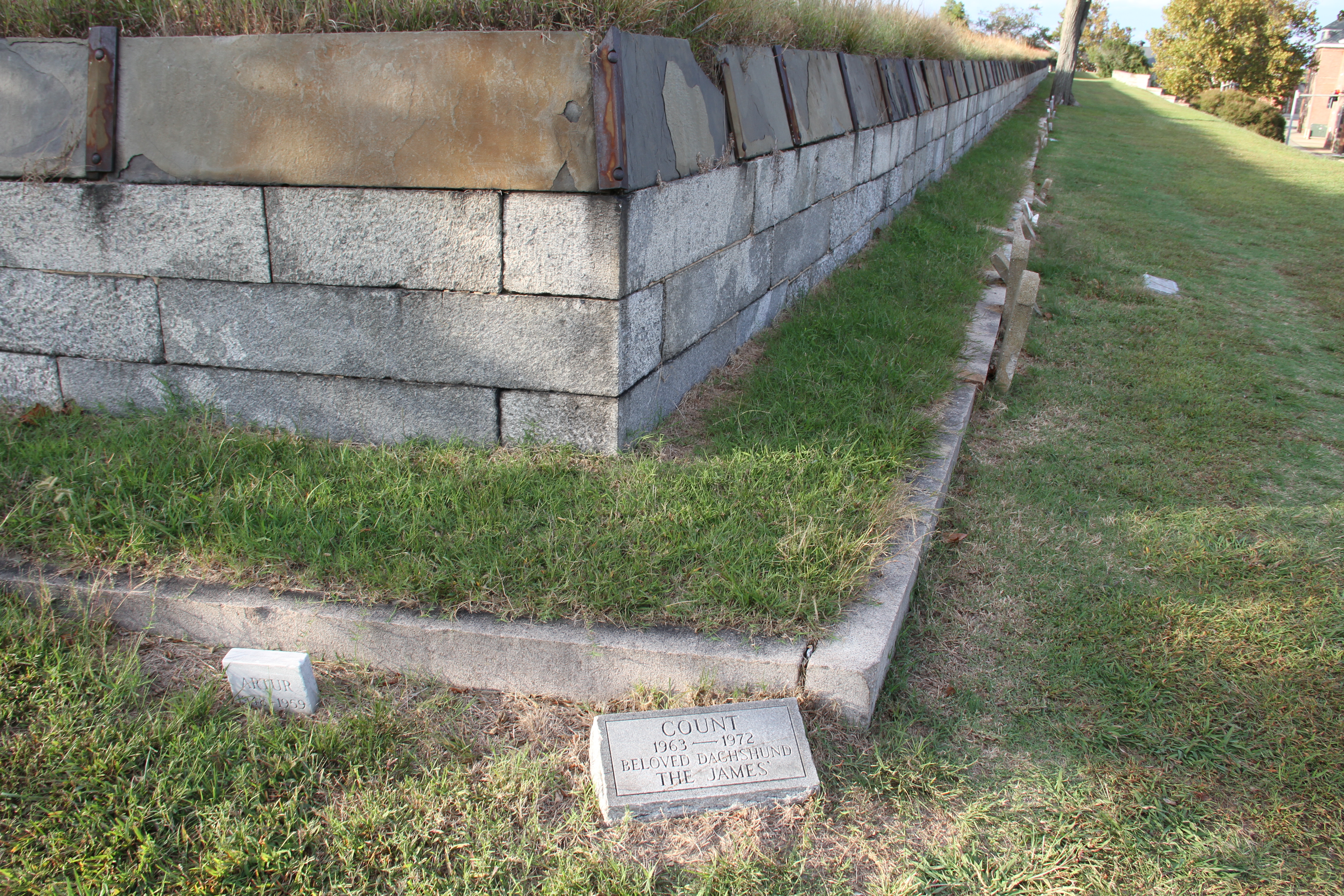
|
| Visitor Centers | Count: 1
Fort Monroe Visitor & Education Center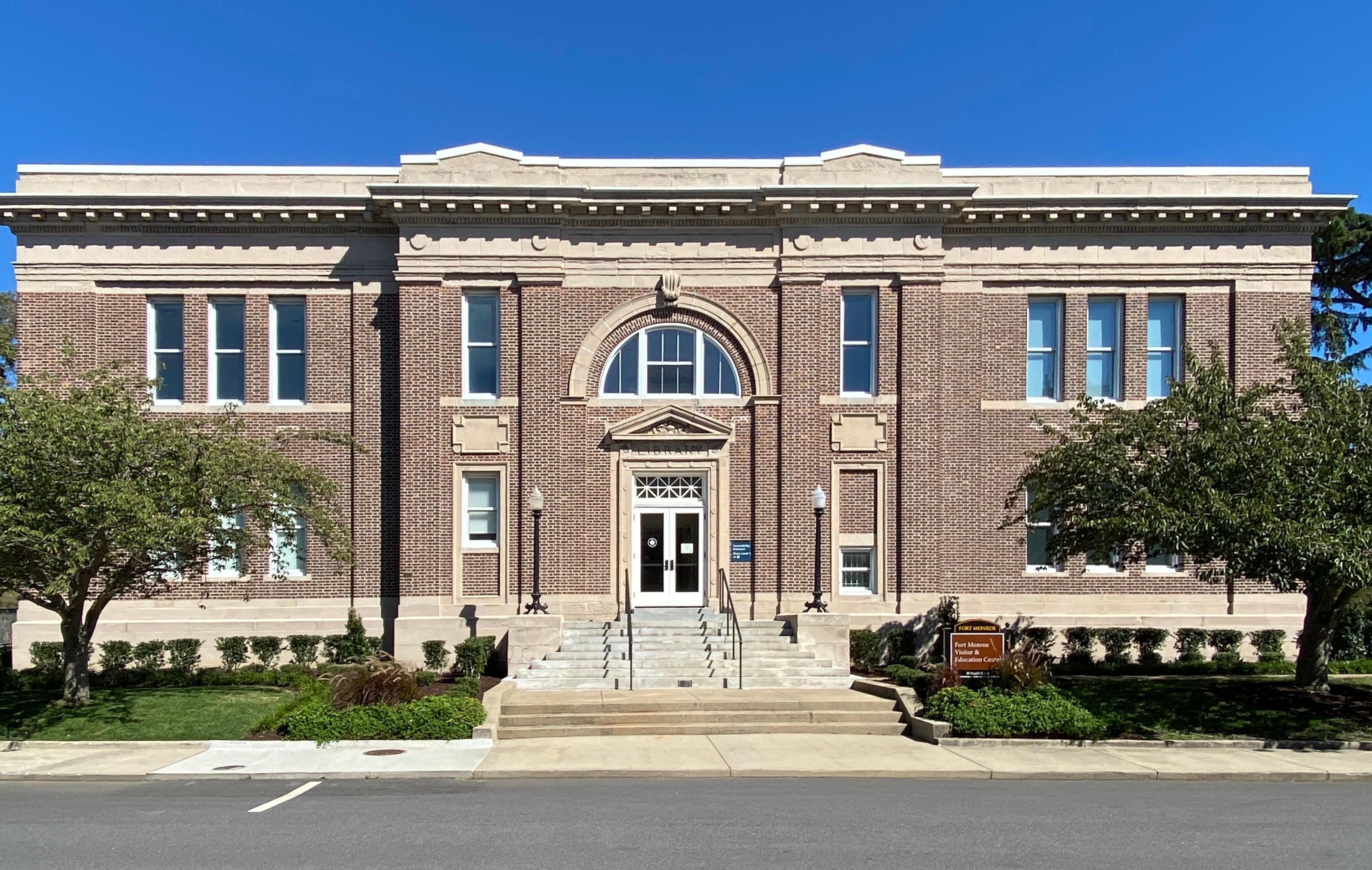
|
| Things to do | Count: 7
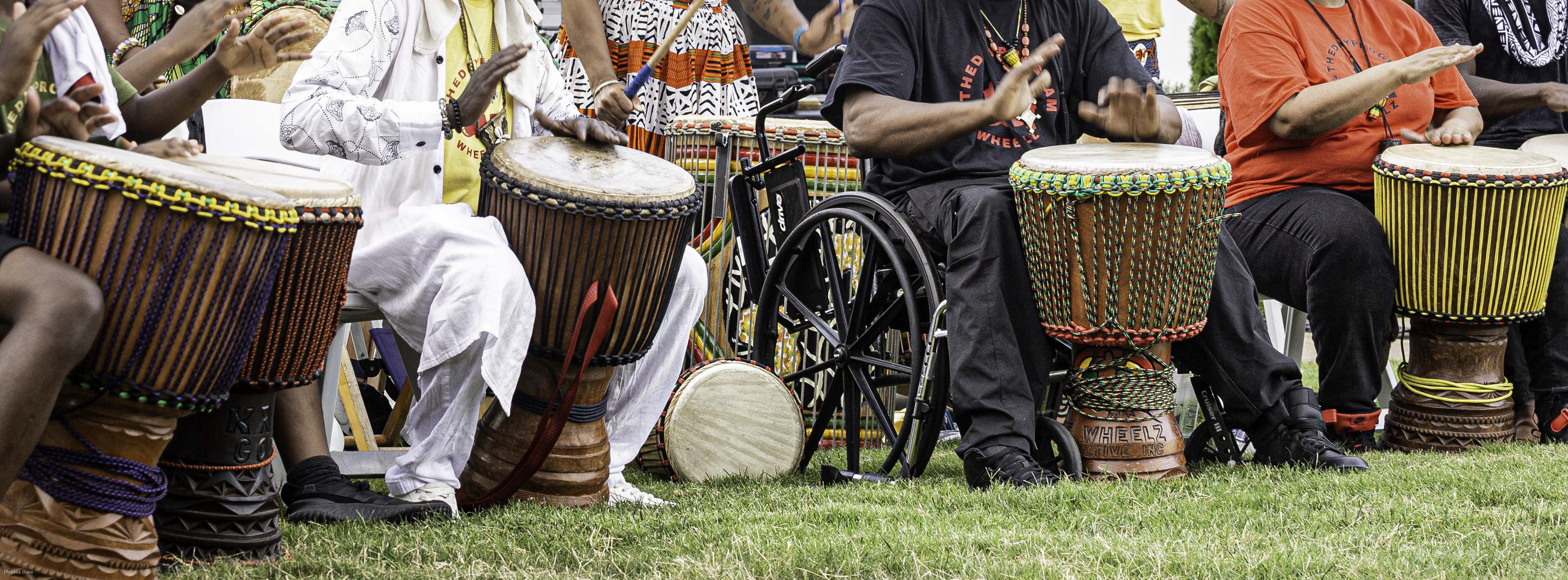
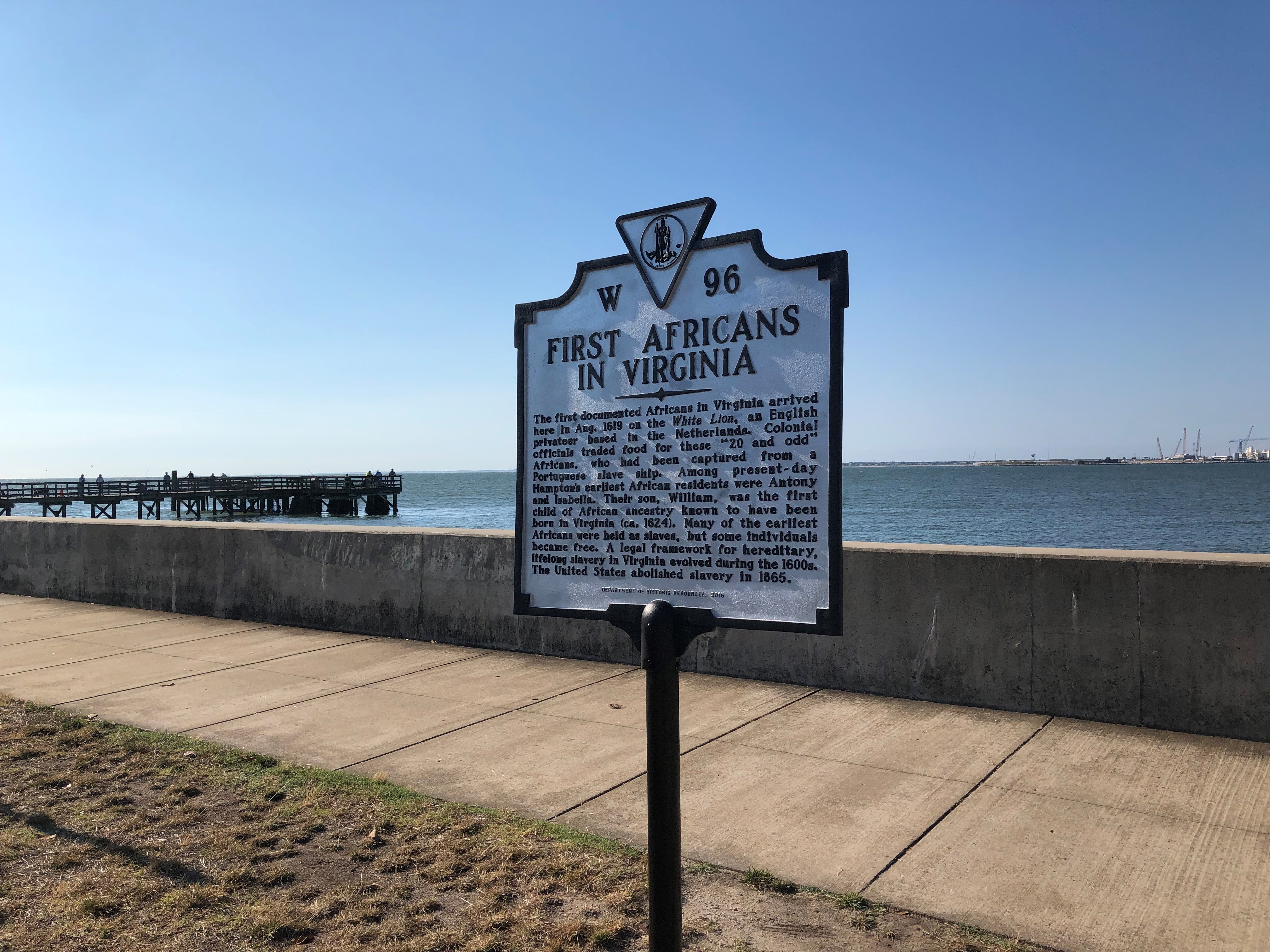
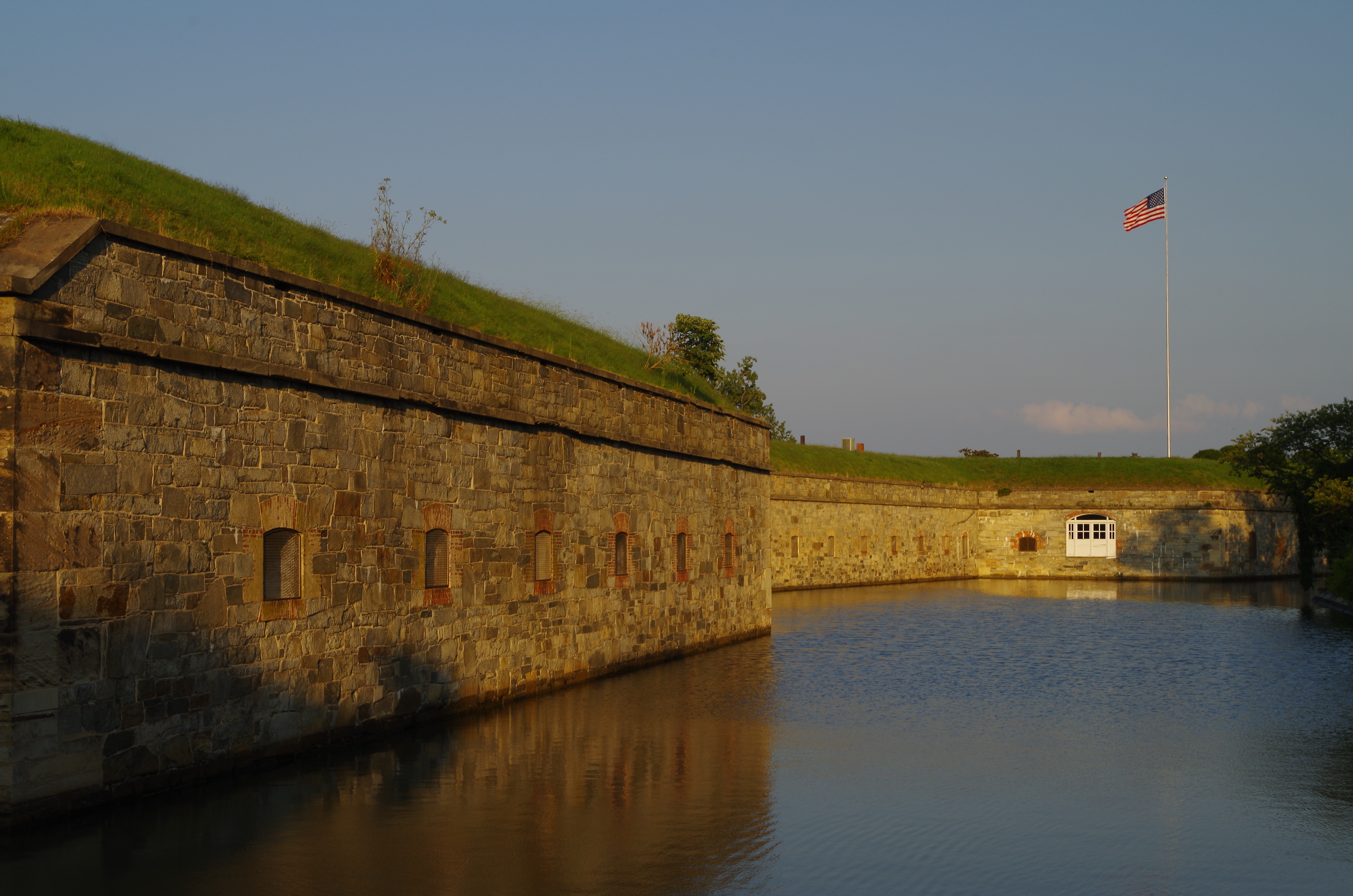

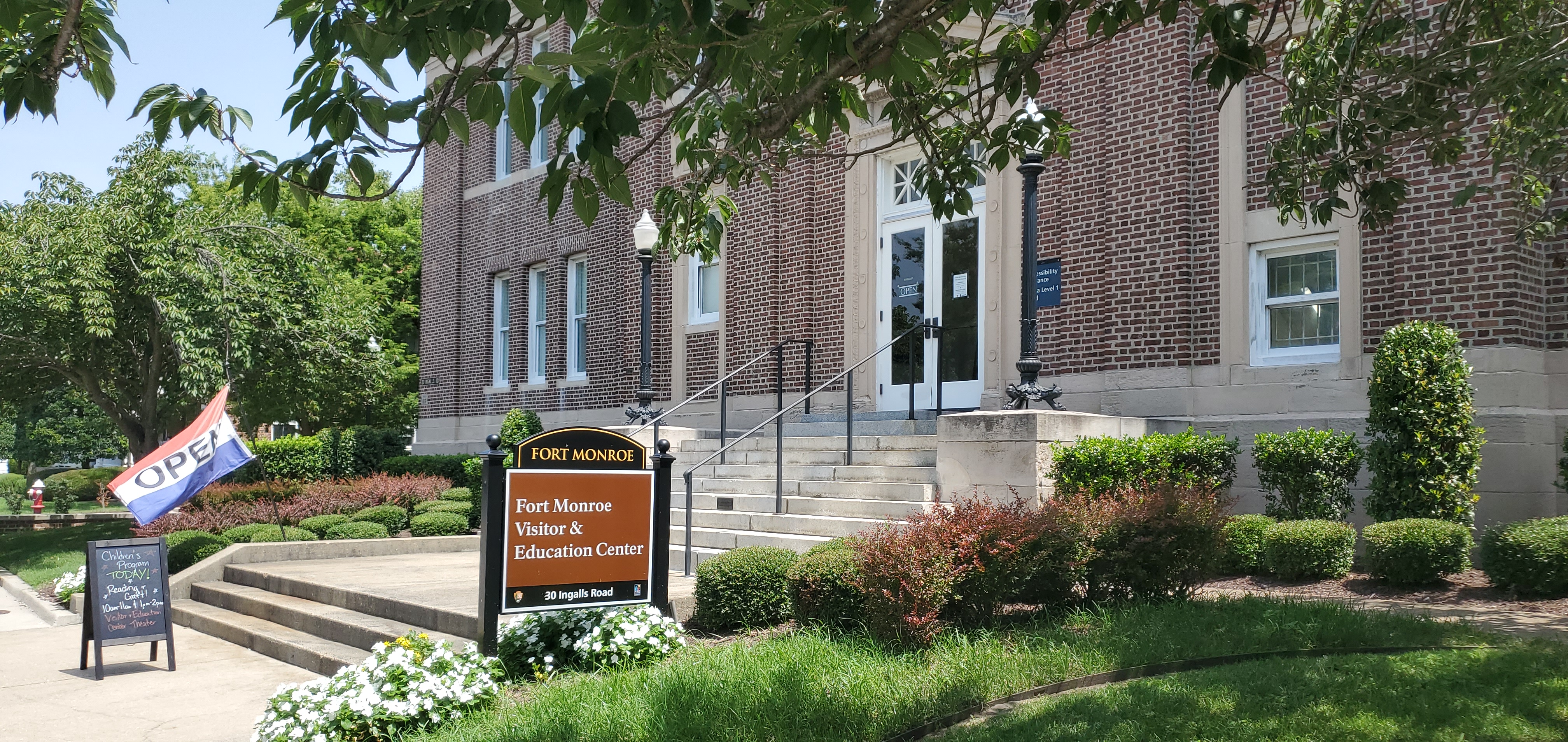
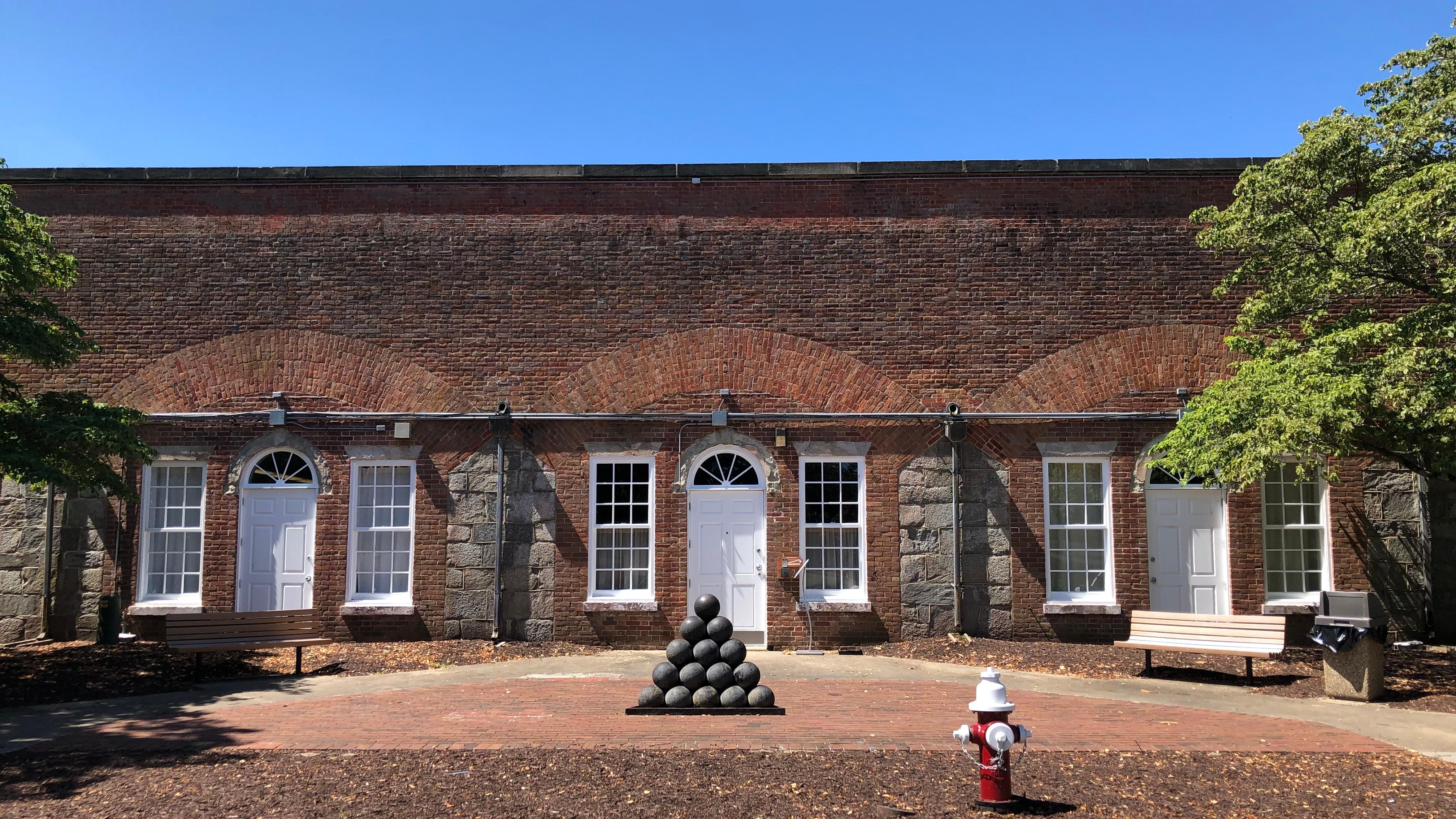

|
| Tours |
Count: 0
|
| Articles |
|